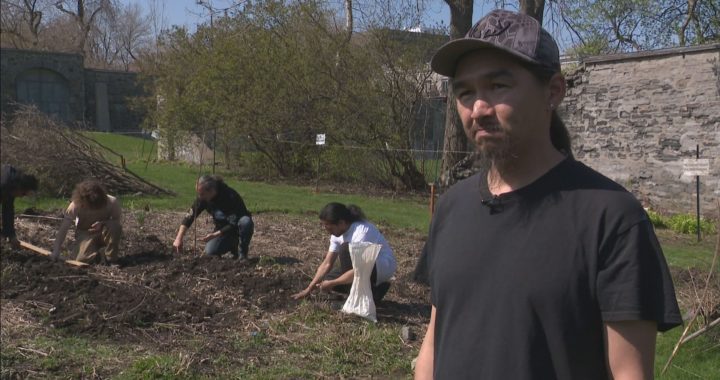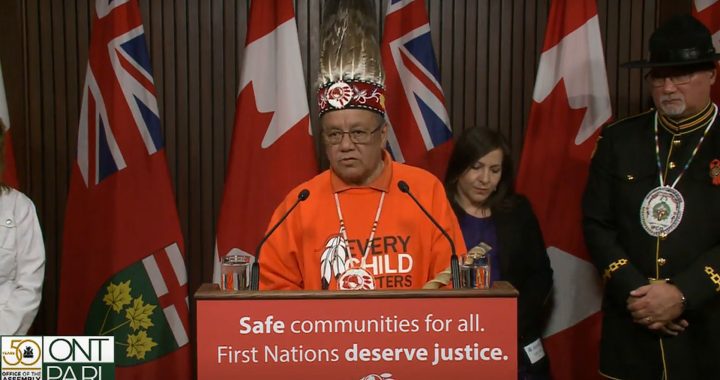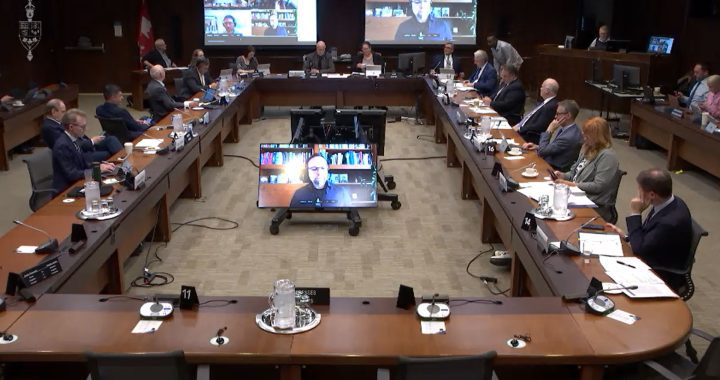First Nations leaders in British Columbia are hopeful following the announcement of a five-year action plan to implement UNDRIP or the United Nations Declaration on The Rights of Indigenous Peoples.
The Declaration Act Action Plan outlines 89 steps for each ministry to improve the lives of Indigenous Peoples in the province.
Cheryl Casimer, of First Nations Summit, was optimistic following last Wednesday’s announcement that was co-developed by the province and Indigenous leaders, such as the First Nations Leadership Council, which includes the Assembly of First Nations, First Nations Summit and Union of British Columbia Indian Chiefs (UBCIC).
“There were many First Nations who had an opportunity to speak directly and provide input directly into the action plan, as well as many written submissions because we weren’t able to meet in person due to the coronavirus pandemic,” she said. “I am pretty excited about seeing what comes as a result of this plan.”
Grand Chief Stewart Phillip, of UBCIC, said the Act was historic but work still needed to be done.
“Two years ago, the seeds of change were sown – a future life with the promises of true transformation and reconciliation became possible with the historic passage of the Declaration Act,” he said in a statement.
“Make no mistake, there have been and there will continue to be, numerous obstacles that challenge the work being done to revolutionize and rebuild a relationship that has long been mired in colonial violence and discrimination. Today is not only a day of celebration but a day of reflection and accountability.”
It was on Nov. 28, 2019, that B.C. became the first province in Canada to implement UNDRIP through legislation bypassing the Declaration Act.
Murray Rankin, minister of Indigenous Relations, said the new action plan is the first in the world and will start addressing some of the wrongs of colonialism.
Rankin said the Act frames B.C.’s goals in positive language.
“An example, in education, that the outcome isn’t just (that) the graduation rates will improve…We say the outcome we agree to is that they will be the same or better than non-Indigenous kids, “ he explained in an interview.
“We put in the positive as an aspiration and then we say how are we going to get there.”
The Act is a five-year plan with four themes or goals to guide it.
The themes are Title and Rights of Indigenous Peoples, Self-Determination and Inherent Right of Self-Government, Ending Indigenous-specific Racism and Discrimination and Social, Cultural and Economic Well-Being.
Rankin said the Act requires an annual report to the legislature each year to track the progress of the 89 actions.
“I keep stressing this is not one of these reports that is going sit on a shelf somewhere and gather dust,” he said, “it’s a requirement right in the statute that we must bring out an annual report.
“So every year, we are held to account, and every ministry in our government is involved in this as something they have to do under the action plan.”
Casimer feels the province will need to work with each Nation to understand its specific needs or interests. For the First Nations Summit, its priorities are Child and Family Services, Forestry, and Environmental Assessment.
She noted the days of taking First Nations to court in land disputes will need to end if the Act is to work.
“Those old ways of doing things have to be done; otherwise it’s just going to be hollow words and empty promises. And we have had enough of that in our lifetimes.”
Casimer said the potential changes will benefit future generations, and the world is watching.
“It’s been far too long that we have been marginalized, in a position of managing poverty when we live in such a rich province,” she said. “Nations are just fed up with that.”









